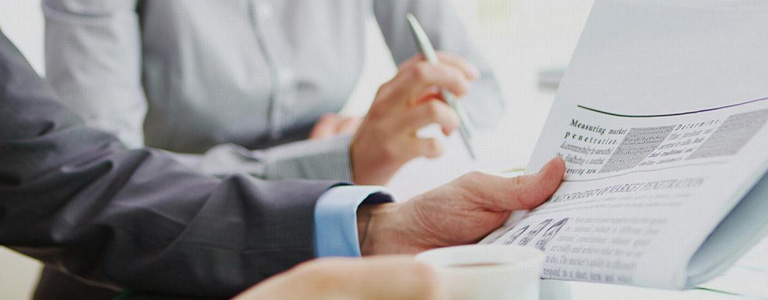

Speaking of this, I would like to briefly talk about some issues about improving the conveyor belt, and some issues about improving the service life of the conveyor belt. In what ways? The author has summarized a few points, and you may wish to learn from them. 1. Improve the conveyor belt drop hopper. Improving the conveyor belt drop hopper is one of the measures to prevent the early damage of the conveyor belt. Improve the drop hopper at the junction of each belt conveyor to make it 2.5 times more capable of passing foreign objects. Long and large foreign objects are not easy to get stuck between the funnel wall and the conveyor belt during the transportation process, reducing the probability of foreign objects tearing the conveyor belt. The guide skirt at the drop hopper makes the gap between it and the conveyor belt bigger and bigger along the running direction of the conveyor belt, which solves the problem that coal and stones are stuck between the conveyor belt and the skirt, thus causing damage to the conveyor belt . For the hopper with a large drop, a buffer baffle is installed inside to prevent the material from directly impacting the conveyor belt. 2. Add a scraping device at the reversing roller. A scraping device is added at the reversing roller along the conveyor belt to solve the problem of material sticking at the reversing roller and to solve the partial damage of the conveyor belt caused by roller sticking. 3. The improvement of the conveyor head, tail and intermediate transfer transition. The transition length and transition mode of the conveyor head, tail and intermediate transfer place have a great influence on the service life of the conveyor belt. A reasonable transition design must be carried out, and the wear of the rubber surface of the conveyor belt should be reduced as much as possible to ensure that there is no folding of the conveyor belt, no middle bulge, and no material leakage at the blanking place. 4. The pressure pulley of the conveyor at the concave transition. Practice has proved that the transverse strength of the steel rope conveyor belt is insufficient. When starting, the pressure pulley causes the local force on the conveyor belt to be too large, resulting in tearing of the conveyor belt. Changing all the pressure pulleys to pressure rollers can solve this problem. 5. The conveyor belt of the boom frame of the main machine is counterweighted to reduce the load. The initial service life of the conveyor belt of the arm frame of the stacker in the coal mine system is very short, and the overweight design of the counterweight is an important reason for the excessive tension of the conveyor belt and premature cracking and aging. On the basis of satisfying the tension of the material carried by the conveyor belt, after reducing the counterweight, the service life of transporting coal is extended from 1.5 million tons to 4.5 million tons. The original design counterweight of the 200,000-ton mine system stacker-reclaimer boom conveyor belt is 25t (including the weight of the counterweight drum). After reducing the counterweight by 6t for the first load reduction, ordinary domestic steel wire belts were used, and the workload exceeded 8 million tons. 6. Material flow direction adjustment. The direction of material flow has an important impact on the service life of the conveyor belt. The material flow should run in the same direction as the conveyor belt, which can greatly improve the service life of the equipment. 7. The partial damage technology of the conveyor belt prolongs the service life. (1) Partial thermal vulcanization; that is, it is often said that the thermal fluidization of the conveyor belt needs to be equipped with a vulcanizing machine. (2) Partial cold splashing, the products include German Dipter technology liquid polymer composite materials, etc., but it needs to be cured at room temperature for about 10 hours; (3) Partial cold bonding, using German Dipter company repair strip (longitudinal crack), cold bonding Glue one T2 compound glue to fill the gap longitudinally (special glue gun is required). The advantages of these two methods are less manpower and material resources, better wear resistance and reinforcement performance, and shorter recovery time. The disadvantage is that they have high requirements for the environment and cannot return to the original conveyor belt surface flatness requirements; (4) ) Conveyor belt spraying technology. This technology is to mix several liquid materials through special equipment, spray them on the wear surface of the belt under high pressure, and spray a certain thickness of wear-resistant layer according to the needs. The curing time is short, and it is suitable for partial wear of continuous sheets, and the effect is very good. The disadvantage is that special equipment is required. 8. Reasonable selection of belt type and maintenance. Reasonable selection of types, timely adjustment of deviation correction devices along the line according to seasonal changes, measures such as adding covers and winter maintenance can also prolong the life of the conveyor belt. 9. Other management issues. Strengthen the management of rollers and cleaners, and replace them in time if they are damaged. Control load start.